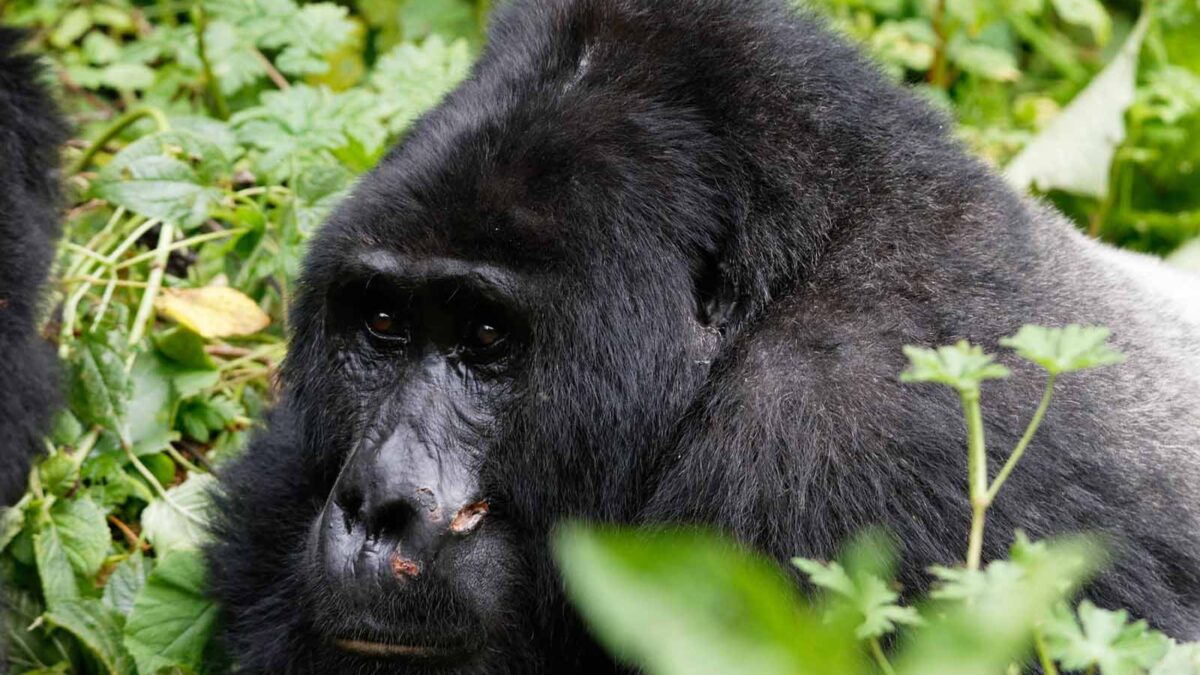Mountain Gorillas Information in Uganda

Lake Mutanda
August 25, 2023
Lake Kivu
August 25, 2023Mountain Gorilla Conservation and Experiences in Uganda
Uganda, a country blessed with the lush and dense natural forests of Bwindi Impenetrable National Park and Mgahinga Gorilla National Park, holds a distinction of being home to over half of the world’s population of mountain gorillas, estimated at around 1000 individuals. The remaining gorillas are distributed between the neighboring countries of Rwanda and the Democratic Republic of the Congo. These mountain gorillas, a critically endangered species, are incapable of survival in captivity. Hence, the preservation of their fragile habitats is not just important but vital for their very existence, offering them the opportunity to thrive in their natural environment.
Mountain Gorillas
What makes mountain gorillas truly captivating is their striking display of human-like characteristics. Their genetic makeup is remarkably similar to humans, sharing approximately 98% of DNA. Living in closely-knit family groups, these gorillas are led by a mature silverback, a dominant male who assumes responsibilities such as selecting appropriate locations for daily activities like feeding and sleeping. One of the silverback’s significant privileges is the right to eat first, which indirectly benefits the entire family. When faced with threats, which can arise at any time, the silverback, weighing up to an astonishing 120kg (260lbs), becomes a formidable protector, willing to defend the group to the death if necessary.
Despite their imposing presence, mountain gorillas are known for their gentle disposition. Renowned for their high intelligence, they have been observed utilizing tools, a behavior shared with other great apes. Communication within gorilla communities is facilitated through an array of vocalizations, showcasing their complex social dynamics.
Interestingly, the name “gorilla” traces its origins to the Greek word “Gorillai,” meaning “hairy women,” underscoring the distinctive appearance of these magnificent creatures.
Uganda’s Bwindi Impenetrable National Park and Mgahinga Gorilla National Park, as well as Rwanda’s Volcanoes National Park, stand as premier destinations for tourists. Among these, Uganda’s parks hold a special allure due to their more budget-friendly offerings compared to Rwanda’s. A primary draw for visitors is the opportunity to encounter the mountain gorillas. Bwindi National Park boasts an impressive 18 habituated gorilla families, along with several semi-habituated groups. In addition, Mgahinga National Park features one habituated gorilla family. The pristine rainforest encompasses multiple trailheads, acting as distinct centers from which gorilla tracking expeditions embark. Beyond the gorilla encounters, the parks offer nature walks, captivating bird-watching experiences, and a chance to connect with the Batwa community. The Batwa people, originally inhabitants of these forests, were displaced when the areas were designated as protected national parks.
For those seeking an unforgettable adventure, Trek Africa Expeditions serves as a reliable organizer of gorilla trekking tours in both Uganda and Rwanda. Detailed and comprehensive information about the remarkable experience of gorilla trekking can be obtained by reaching out to Trek Africa Expeditions.




